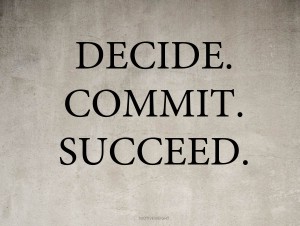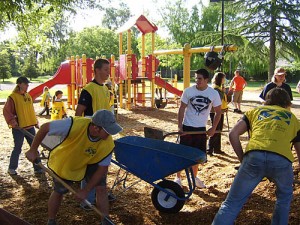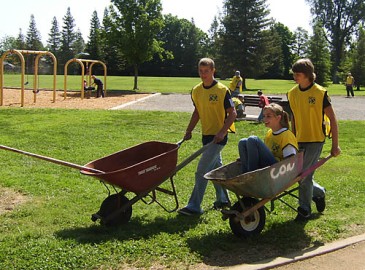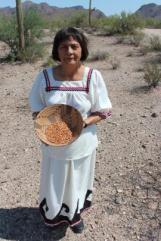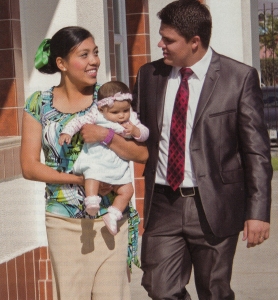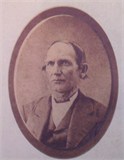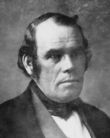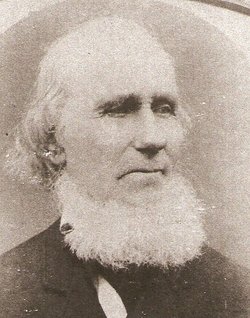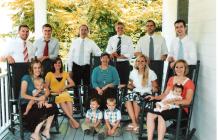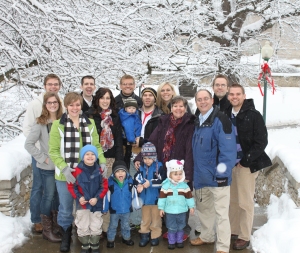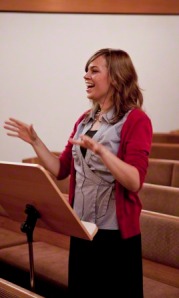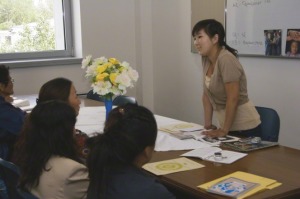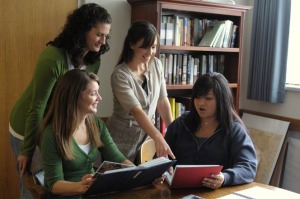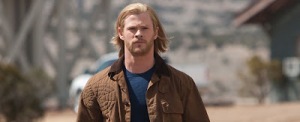“BEEP, BEEP BEEP!” It’s 6:30 AM and after a rude awakening by the alarm clock, my sister and I sluggishly get out of bed. After packing the car on this cold December morning, we are off to my aunt’s house. Upon our arrival, we receive a warm welcome with a sweet smile and a hot breakfast. In our excitement we had forgotten to eat so the pancakes dripping in maple syrup tasted absolutely delicious and helped to fill our empty bellies.  My cousin’s husband asks, “So what are you up to today? You have any plans?” After he and I share a laugh it’s time for me to start getting ready. My sister and my cousin help me with my hair and make-up. My little sister is a rock star and helps me with all the little errands I need. There is a sense of energy and liveliness in the house, as if everyone knows that there is something different about today. For you see, today is not just any other ordinary day, it is my wedding day.
My cousin’s husband asks, “So what are you up to today? You have any plans?” After he and I share a laugh it’s time for me to start getting ready. My sister and my cousin help me with my hair and make-up. My little sister is a rock star and helps me with all the little errands I need. There is a sense of energy and liveliness in the house, as if everyone knows that there is something different about today. For you see, today is not just any other ordinary day, it is my wedding day.
The photographer and videographer arrive and the reality still hasn’t quite set in that I am about to marry my best friend and the love of my life. My family waves me off as I rush out the door to drive to the temple, the house of the Lord, where my future husband was waiting for me. Since I needed to be there before my extended family, I went ahead and drove by myself. I laughed at the fact that I was driving myself to my own wedding.  I guess I always pictured it a little differently. I was a little nervous about finding my way and arriving on time. Along the way, I talked with my Heavenly Father. I was in awe of His plan for me.Then all of a sudden I saw my parents in their car on the freeway. We drove next to each other a bit and it felt like I wasn’t alone anymore. My belief that God truly does love me and wants me to be happy was renewed and strengthened. We arrived at the temple in a timely fashion and I felt at peace.
I guess I always pictured it a little differently. I was a little nervous about finding my way and arriving on time. Along the way, I talked with my Heavenly Father. I was in awe of His plan for me.Then all of a sudden I saw my parents in their car on the freeway. We drove next to each other a bit and it felt like I wasn’t alone anymore. My belief that God truly does love me and wants me to be happy was renewed and strengthened. We arrived at the temple in a timely fashion and I felt at peace.
Ever since I was a little girl I dreamed of the day that I would marry my prince in the Lord’s Holy House (see temple). I knew that I wanted to find a worthy man who believed in God, followed Christ, lifted those around him, served a mission, and who was worthy to take me to the temple to be sealed for time and all eternity. And that day had finally come!
My parents helped me carry all my bags inside. There were many people already there but as I looked around I was only concerned about a special someone. When I saw him we walked up to each other and after a hug and a kiss we were escorted to our rooms to change and prepare for the moment we had been preparing, waiting, and anxiously counting down to for months (seriously, I still remember when Kevin, my husband to be, said we only had 42 more nights to say goodbye. 42?! That seemed like a lifetime to me!)
The sealer, the man who has the priesthood authority, talked us through what was about to happen then gave us some time by ourselves to talk and again, an overwhelming sense of peace came over me. I knew that God was happy with the decision that Kevin and I had made to be sealed in the temple. When we walked into the sealing room, our friends, family, and loved ones were all gathered waiting for us. All eyes were on us and we were exploding with happiness! Kevin and I were able to kneel across an altar. Each time we caught eyes we couldn’t help but smile. We made sacred covenants to God that day. We entered into the everlasting covenant of marriage and were sealed together for not only time but also eternity. It wasn’t about ‘til death do you part’, it was about forever, our forever.
 I didn’t just make a promise with Kevin that day, that I would take care of him and stay by his side, I made a promise with God. Through the sealing ordinance I was able to promise God that I would take care of Kevin, love him, and fight for our marriage. So even more than my love and commitment to Kevin is my love and commitment to God; someone who is always perfect and unchanging, who is just and in whom I can put my complete trust, faith, and reliance on. This is a promise and a covenant that Kevin and I both intend on keeping. It is going to take time, commitment, love, sacrifice and so much more, but it will be worth it.
I didn’t just make a promise with Kevin that day, that I would take care of him and stay by his side, I made a promise with God. Through the sealing ordinance I was able to promise God that I would take care of Kevin, love him, and fight for our marriage. So even more than my love and commitment to Kevin is my love and commitment to God; someone who is always perfect and unchanging, who is just and in whom I can put my complete trust, faith, and reliance on. This is a promise and a covenant that Kevin and I both intend on keeping. It is going to take time, commitment, love, sacrifice and so much more, but it will be worth it.
A great example to illustrate this was made by a man named F. Burton Howard. He told a story about how all his wife ever wanted for their wedding when they were poor college students was silverware. She didn’t receive that gift for her wedding so she scrimped and saved to buy a set which she collected one piece at a time. Over the years they would only bring the set out on special occasions and she would make sure that each piece of silver was polished and had no blemishes. This is what her husband said of her, “For years I thought she was just a little bit eccentric, and then one day I realized that she had known for a long time something that I was just beginning to understand. If you want something to last forever, you treat it differently. You shield it and protect it. You never abuse it. You don’t expose it to the elements. You don’t make it common or ordinary. If it ever becomes tarnished, you lovingly polish it until it gleams like new. It becomes special because you have made it so, and it grows more beautiful and precious as time goes by. Eternal marriage is just like that. We need to treat it just that way.” (see his talk here)
Kevin and I proved that we want our marriage to last forever by getting married in the temple and now we need to continue to prove it daily through our actions. It won’t always be easy, but then again, rarely are the things that are of the most worth easy.
It has been said, “This will be the most important decision of your life, the individual whom you marry. . . . Marry the right person in the right place at the right time” (“Life’s Obligations,” Ensign).
The right person for me was, and is, Kevin and the right time was a blistering cold winter day. As far as the right place? Well for me it was the temple!
—————————————————————————————————
Here is a great document about the importance of families that I absolutely love!





